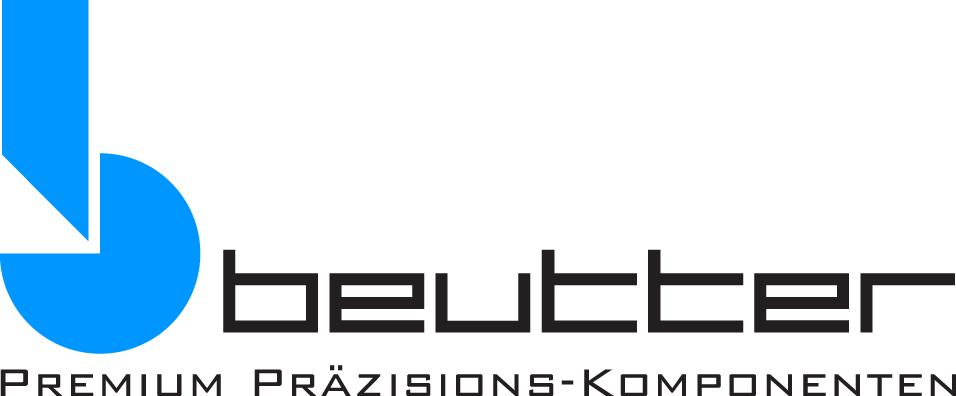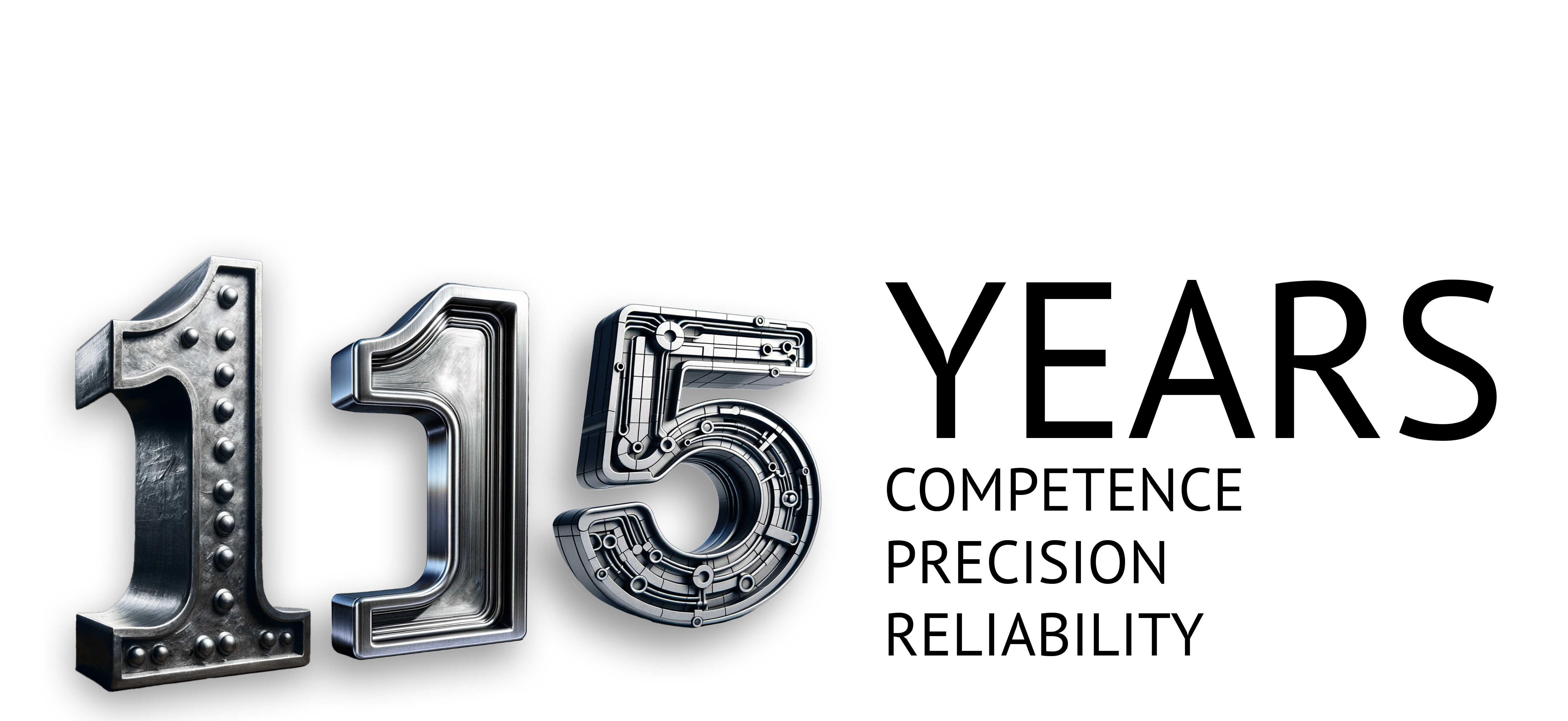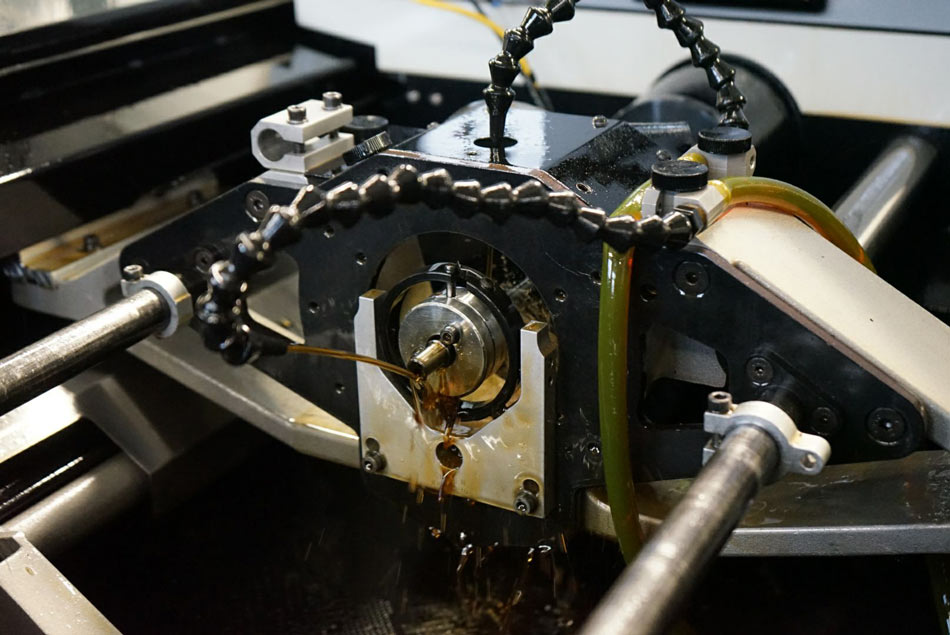Honing is a machining process and is also called drawing grinding. In machining, a cutting tool separates material from the workpiece in the form of chips. Other machining processes are turning, milling or drilling.
Honing is used to finish a workpiece, as the final machining step after milling or turning. Like grinding and lapping, it is a machining process with geometrically indeterminate cutting edges consisting of the edges of many tiny crystals. CBN, diamond, silicon carbide or corundum are often used as abrasives. The abrasive grain is firmly bonded. The difference between honing and grinding is the cutting motion. In honing, the tool moves up and down and rotates at the same time, creating a cross cut.
Honing achieves high dimensional and shape accuracy and very fine surfaces that are even smoother than grinding. This is increasingly important in modern production, because the tolerances on surface quality are becoming smaller and smaller. Lubricating oil adheres particularly well to honed surfaces; this process is therefore especially advantageous for bearing and guide parts.
Honing is suitable for many different materials, for example, aluminum, stainless steel, cast iron, but also plastic.
Do you have any questions? We will be happy to support you with our comprehensive know-how.
Free problem analysis from our experts
This email address is being protected from spambots. You need JavaScript enabled to view it.
This email address is being protected from spambots. You need JavaScript enabled to view it.


